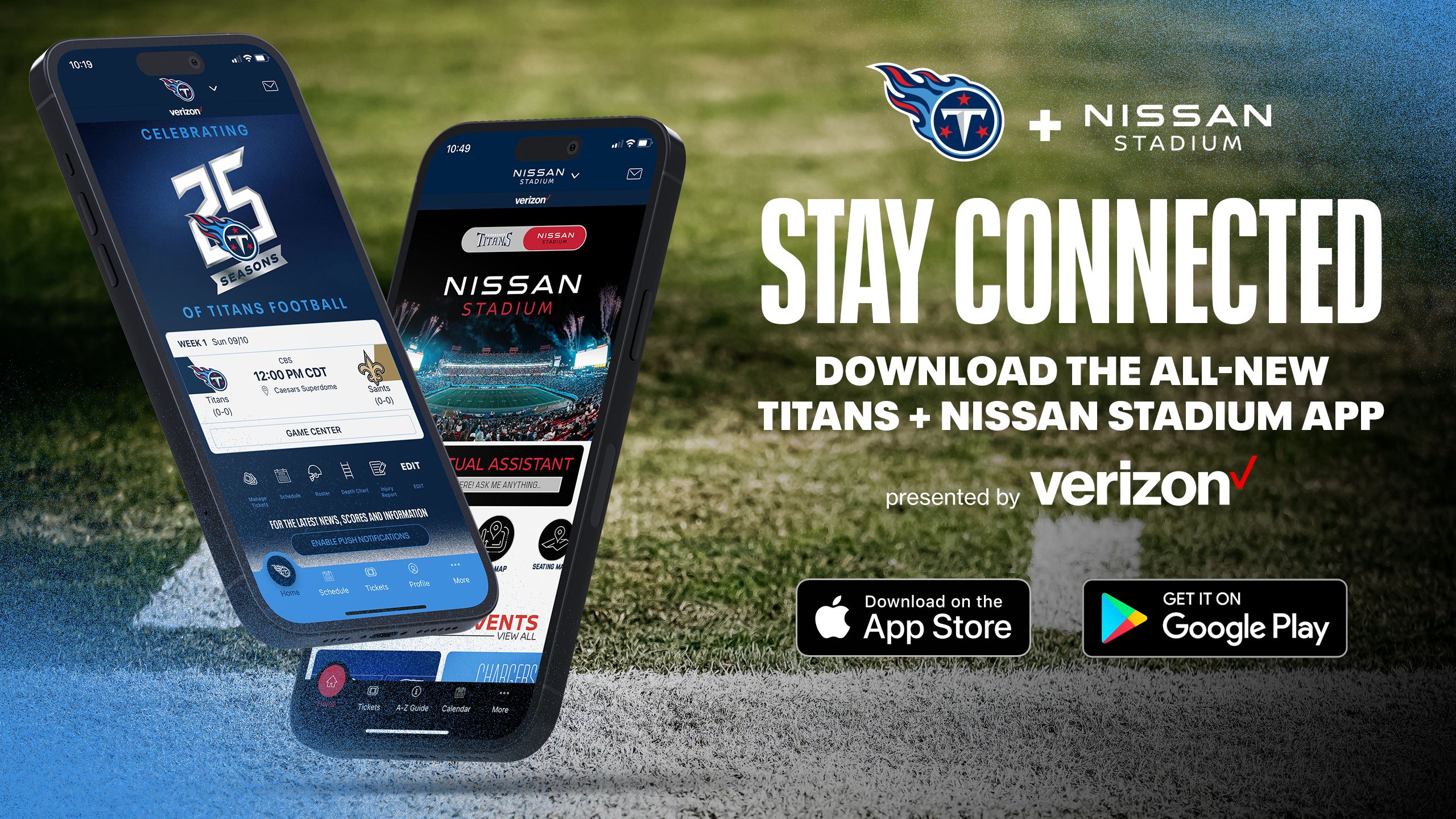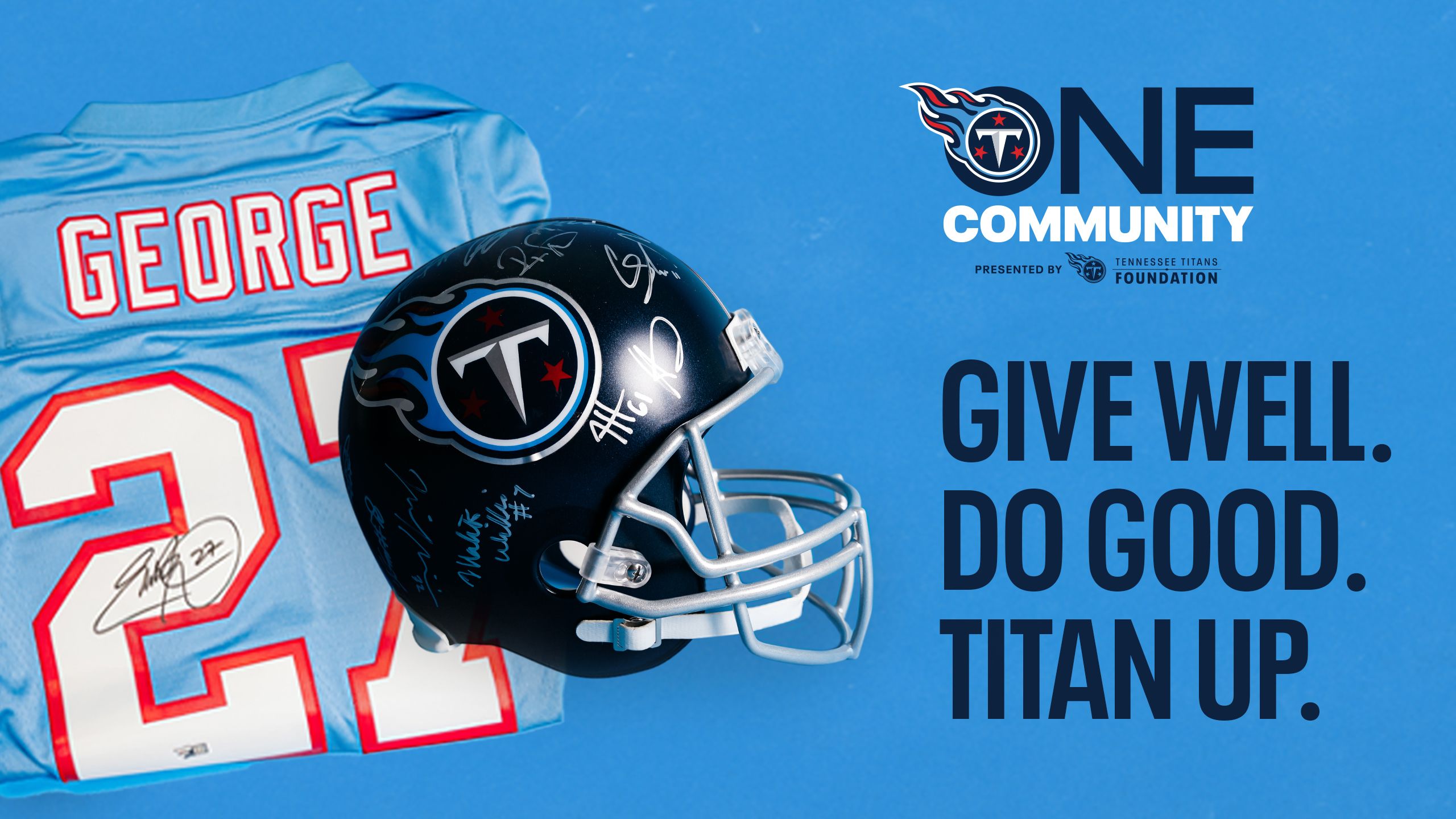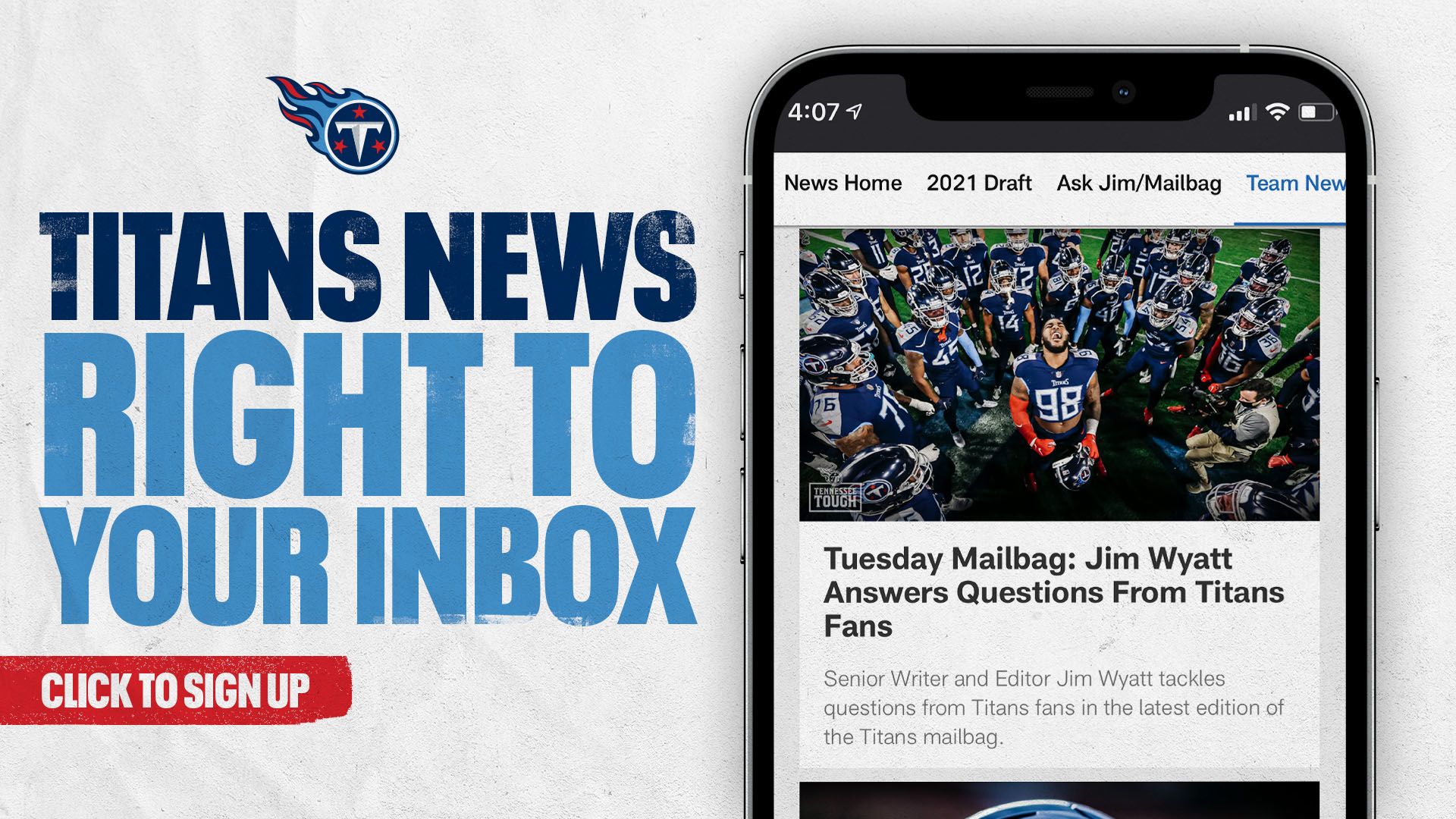By Ashley Swafford, Titans Online
NASHVILLE, Tenn. — Blake Beddingfield has spent 14 years scouting for the Tennessee Titans and searching for football's hidden treasures. While NFL fans are often brushing past the lower ranked collegiate players, Beddingfield is digging for them.

"I think when you get into the latter part of the draft, that's when the scouts come into play," Beddingfield explained. "That is where all the hard work and all that travel pays off. The first four rounds are really the top players in the draft, but the fifth, sixth, and seventh rounds are really where a scout makes his money."
This year, Beddingfield is beginning his first season as the Tennessee Titans' director of college scouting and with his title comes immense pride. He leads a group of nine scouts that have found players like Jason McCourty, found by northeastern regional scout Richard Shelton, and Marc Mariani, found by western scout Marv Sunderland, when others weren't giving them a second look.
NFL scouts know that not all of the draftable players can be found at the top-tier Division I programs. Sometimes, a scout has to dig and find the players that don't receive much media coverage and pass along the information they find to a team's general manager.
"I work through Blake a lot with the scouts," Titans general manager Ruston Webster said. "I depend on him and (vice president of player personnel) Lake Dawson to communicate to the scouts what we want to do and continue to lead them the right way."
Last year's overlooked player was Tommie Campbell. He played at a smaller Division II school, California University of Pennsylvania, for his last season before entering the draft. Having been to three different colleges and taking six months off from football, Campbell wasn't a likely draft choice.
However, Shelton and the scouts lobbied for him anyway.
"You have to go and hunt down a Tommie Campell," said Beddingfield. "At Cal-Pa., he looked good. You could see the physical talent, but when he showed up at this all-star game with better players around him, he really started to stand out. He was a player that we marked, 'You are looking at an outstanding athlete with size and potential.' And, that is what we took in the seventh round."
The Titans took Campbell with the 251st pick, and that choice has paid off. Campbell made an immediate impact on special teams his rookie season with eight tackles and one touchdown. He added his second TD on a 65-yard punt return that punctuated a trick play called Maroon 6 on Sunday against Detroit.
Even within Division I schools, players can fly under the radar if scouts don't do their research. The first thing that a scout needs to look for is a player's track record.
"I think scouting is a series of questions that you ask yourself," Beddingfield said. "If you really like a player but he wasn't productive, why wasn't he productive? Find that answer out whether that answer comes out in the film that you watch, from a coach, or by doing your own work and finding out. Now, there are some late bloomers that come in, and then you have your Taylor Thompsons."
Although he had no playing time as a tight end in college, Thompson was drafted in the fifth round as one by the Titans this past April, following a four-year career as a defensive end at Southern Methodist. The Titans' selection was unconventional and surprised many. However, Titans scouts knew the SMU offense did not use a tight end, and their research convinced Webster to take a chance.
"They put the athlete on defense where they needed him," Beddingfield said. "When he showed up at an all-star game and he played tight end, he looked like the real deal. So instead of making him a defensive end, which he played for four years, we made that transition to a tight end where we think he has a future."
The essence of a scout's job is to find the players who are flying under the radar whether they are at smaller schools or just late developers physically. To do this, the scouts have a process.
Beddingfield said there are four phases of scouting. Phase one is all regular season games and college visits during the fall. Phase two includes bowl games, all-star games, and the East-West game. Phase three is the NFL Scouting Combine, where scouts can evaluate a player's mental and physical capabilities in person. The fourth and final phase includes all the pro days and spring visits that really give scouts a chance to get to know the players.
The entire process starts with nine different colored pushpins and a map hanging adjacent to Beddingfield's desk. Each colored push pin represents a different scout, and each scout "owns" their area. The scouts are regional and they are responsible for each school in their area, usually around 40 programs.
Every Sunday, scouts start their week-long travel to the schools in each of their regions and don't return home until Saturday, if at all. Every day, scouts log in about nine to 10 hours of work looking at prospects. A scout's life revolves around football every single day from August 1 until the end of the college football season.
With little time to spare, scouts are given just one day at each school with exceptions for major schools with an excess of talent, in which case they will visit twice.
"Once we leave a school, we are going to have written reports on every player at that school," says Beddingfield. "We need to have that wrapped up and finished because the next day we are on to a new school with a whole new group of players."
Once at a school, the scouts become the controlling girlfriend, the mother who can't let go, and the nosy neighbor. The scouts ask coaches, secretaries, trainers, students and equipment managers about a prospect's relationships, past, stats, work ethic, personality and most importantly, his outlook for the future. This is all a part of phases one, two and three.
"It is so vital to us to find out these players' backgrounds: what type of people they are, where they come from, what type of off the field issues they may have had while they were in school or even before they came to the school," Beddingfield said. "Find out what type of practice habits they have. Qualities that they had during their three, four, or five years of college are going to translate to the NFL. It's probably going to be worse. This is a grown-up business. We want players that are grown-ups."
The final phase gives Beddingfield and his staff an opportunity to find out more about a potential draft selection. Scouts can see whether or not players will mix well with the players already on the Titans' roster. By coming to the Titans facility, scouts can engage in deeper conversations with any players that may have been flagged as risks for off-the-field issues and get a feel for who they are.
"Players with more of the off-the-field concerns, whether it's being late to meetings, off-the-field issues with the refs, or major problems, you are going to spend more time on," said Beddingfield. "Is that something that happened when he was a freshman or sophomore that he has kind of gotten away from his junior and senior year? We want to find out what type of people they are at that point."
Figuring out a player's background is almost as important as a player's numbers on the field and can ultimately decide whether or not a player will be a member of the Tennessee Titans. Beddingfield said that finding players who are flying under the radar but have good work ethic and no off-the-field problems are keys.
"In this last draft class, we added some high-character guys, some high-effort guys," explained Beddingfield. "They are players that you are not going to worry about off the field, and I think that is something that we tried to do in the last two drafts to really change the dynamic of this team."
Continuing to find high-character and high-effort players is something that Beddingfield and the Titans scouts have already begun. Scouts are out looking for the next overlooked, high-quality players for the April 2013 draft class.

















